-
Bokaro Thermal: How are people facing the twin problem of power plant and coal mines pollution
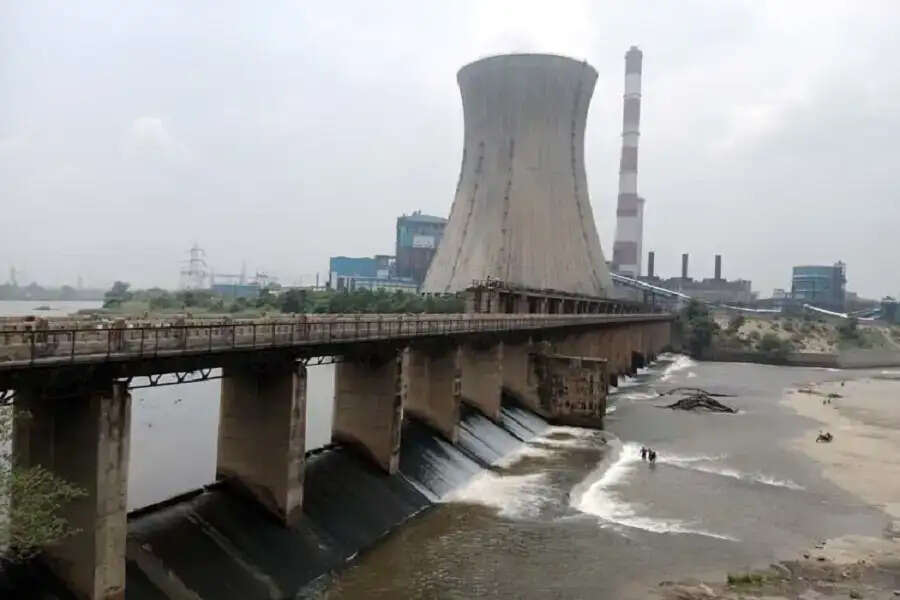 One morning in November during the initial winter days while laying down the trap for catching the fishes in the extremely polluted Bokaro river which is under the Chilka bridge situated towards the west of a 57 year old Lalji Rajwar Bokaro Thermal Power Plant, they are saying – this river emerges from the Lugu mountain, but it has all the garbage from the nearby human settlements and colonies, it has was water that comes out of the drain, because of which by the time it reaches here it looks like this. Bokaro River upon reaching here merges with the Konar River and after flowing for around 15km Konar merges with Damodar near the Hindustan Bridge in the Phusro area. The beautiful sun rise, polluted river and the smoke emerging from the chimneys of the power plant are creating a mixed feeling in the heart.
One morning in November during the initial winter days while laying down the trap for catching the fishes in the extremely polluted Bokaro river which is under the Chilka bridge situated towards the west of a 57 year old Lalji Rajwar Bokaro Thermal Power Plant, they are saying – this river emerges from the Lugu mountain, but it has all the garbage from the nearby human settlements and colonies, it has was water that comes out of the drain, because of which by the time it reaches here it looks like this. Bokaro River upon reaching here merges with the Konar River and after flowing for around 15km Konar merges with Damodar near the Hindustan Bridge in the Phusro area. The beautiful sun rise, polluted river and the smoke emerging from the chimneys of the power plant are creating a mixed feeling in the heart.Bokaro Thermal Power Plant (BTPS) is situated between the watercourse of Bokaro and Konar. According to the information available on the DVC website, coal based Bokaro Thermal Power Plant’s electricity producing capacity is around 500 megawatt. Ashes and smoke pollution produced because of this has all ways been an issue. This has also been mentioned as one of the major pollutant of the state. Near this area there are many coal and coal based electricity projects, due to which there is heavy pollution in rivers like Bokaro, Konar and Damodar.
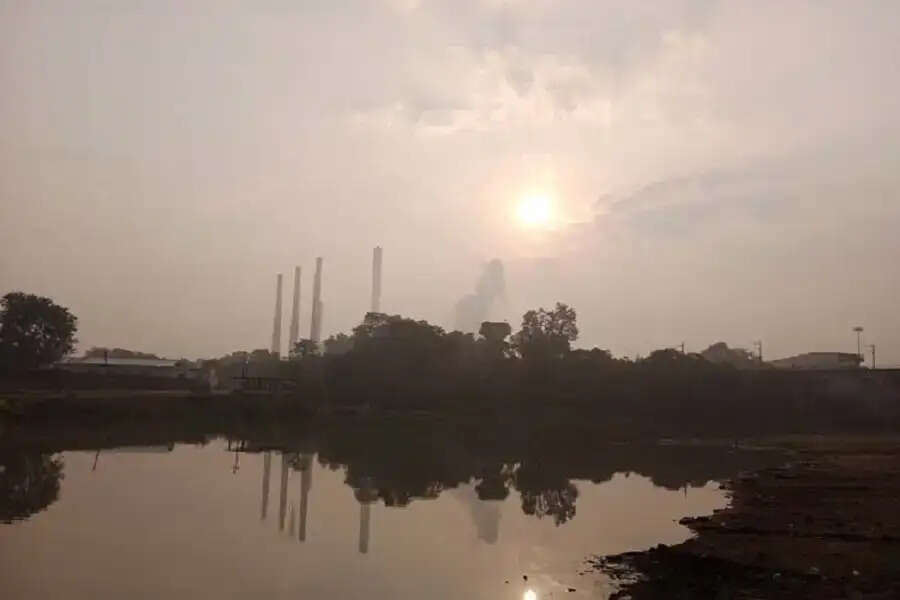
Photo: Rahul Singh Damodar River Valley Project was the first multipurpose river valley project of independent India, which aims to control the flood of Damodar as well as provide water for power generation, irrigation. Bokaro Thermal is the first power generating unit of this ambitious project, which has deeply impacted the lives of the people living in the surrounding areas over the decades.
Lalji Rajwar, a resident of Mahali Bandh, a village near Bokaro thermal, says – “Earlier the chimneys that were operational here used to produce a lot of ash (dust), but now it is slightly less from the new chimney”. Like the affected people of other coal and coal-based power plant projects, they also express dissatisfaction with the issue of land acquisition, compensation and jobs.
When this reporter was talking to Lalji Rajwar on the bank of the river, a truck passes by and a cloud of dust flies from it, the layer of which settles on the clothes and face. For visitors like us, such pollution may come as a bit of a surprise, but for the locals, it has become a part of life. They deal with it daily and even fight for it from time to time, resulting in pressure to reduce pollution levels.
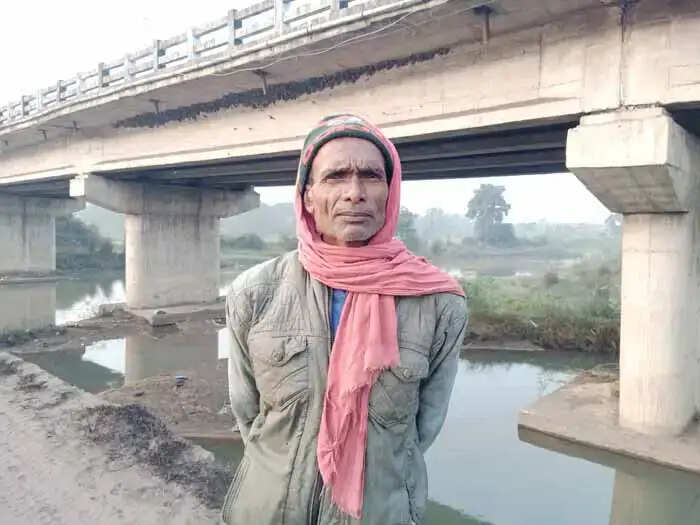
Photo: Rahul Singh Story of a village battling double pollution
There are several power projects (Bokaro Thermal, Chandrapura, Lalpania Power Plant) and coal projects (Bermo-Phusro, West Bokaro) at some distance in this area. About 500-600 meters from the Bokaro Thermal Power Plant, Lahariyatand is a village situated on the banks of the Konar River. On one side of Lahariyatand is DVC's Bokaro Thermal Power Plant and on the other side is CCL's Govindpur coal mine.
Lalji Rajak, a resident of this village, works as a labourer for Rs.300 a day. 55-year-old Lalji Rajak says – “The DVC used to drop the garbage, but now they have stopped after protests from the villagers”. He says, “Both CCL and DVC have taken our village land, DVC has taken the land on the river bank”. He claims that the dirty water from CCL's Swang Coal Washery and the waste from Gomia's gunpowder factory used to enter the river, but it is now stopped. There has also been a movement in the area regarding the pollution of the swang washery.
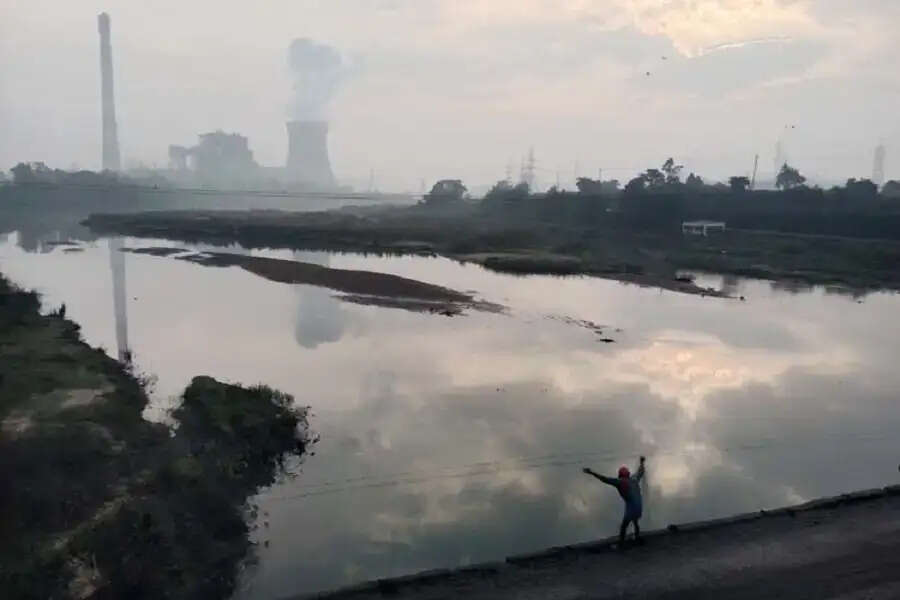
Photo: Rahul Singh There are about 85 families in this village, in which 70 houses belong to Rajak and 15 houses to Prajapati. This village comes under Govindpur F Panchayat and the people of the village have been continuously fighting against pollution, in which women also take part.
Lalila Devi, an elderly woman of the village and Kanti Devi, a member of ward number three, told this reporter that in our house electricity is supplied by CCL, but we are facing a lot of trouble due to power cut since morning and against this we went to protest in front of its office.
Kanti Devi's husband Chandrika Rajak says – “There is a lot of pollution here, we have created pressure on CCL, so it is spraying water on coal dust”. He says, “CCL is at a distance of half a km from our village and DVC at a distance of another half a km”. According to Chandrika Rajak and Devaki Prajapati, there is a water problem in the village. Villager Deglal Mahto says – “CCL gives us electricity and DVC water, but there is a lot of chemical in the water, it is not good”. Deglal Rajak says – “There has been pollution over here, earlier there used to be a layer of ash on the roof of our houses, now the situation is a little better. Our land has gone to both CCL and DVC, some have got compensation, and some people’s compensation is still pending”.
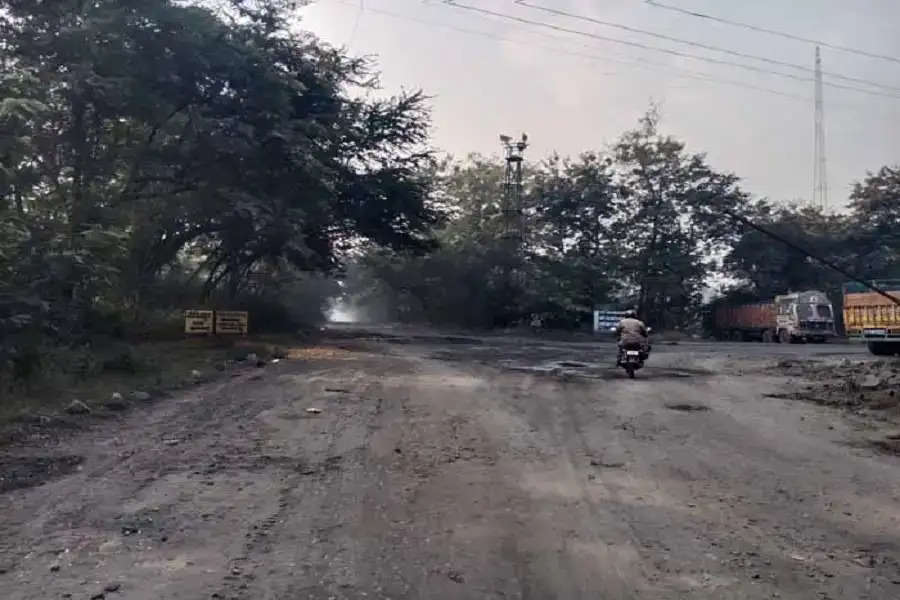
Photo: Rahul Singh How polluted is the river Konar?
Konar is a Damodar’s tributary infamous for its pollution in coal mines and power plant areas. This river emerges from Sultana Village in the Hazaribagh-Chatra district bordering area and ahead of Bokaro Thermal near Jaridih merges with Damodar. Konar’s name was in the list that came out in 2018 of the country’s polluted rivers. According to this report, in comparison with the Tanughat Dam, temperature of the river is higher near Swang Coal Washery (Report’s P.N. – 36), where it is alleged that the Washery’s polluted water is streamed. Swang coal Washery is around 4km away from Bokaro Thermal.
There is an action plan made by the Jharkhand state Pollution Control Board for Konar River’s rejuvenation. In this it is said that for the rejuvenation of the polluted river, awareness about the river amongst people, companies, farmers and other users is included in the plan. Its stake holders include the implementation and coordination of people living in the river basin, especially the polluted drift, local municipal bodies, departmental schemes.
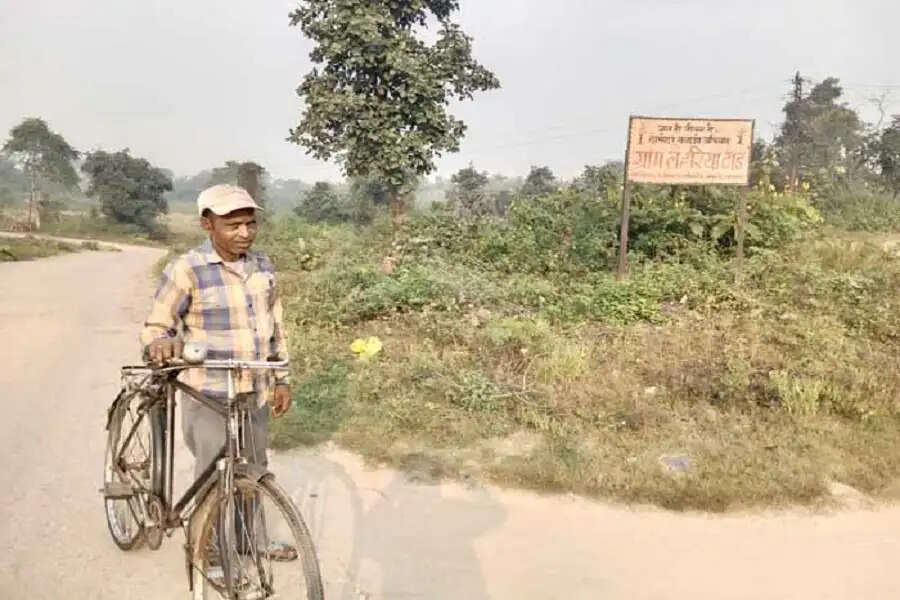
Photo: Rahul Singh What does the CEA’s report say?
According to a report by the Central Electricity Authority in 2021 regarding fly ash, 75 per cent of the power of the country is produced from coal and lignite and 92.41 per cent fly ash during 2020-21 could be consumed, the amount of which is 214.91 million tonnes. While the amount of fly ash produced from the power plant is 232.56 million tonnes. 35 per cent ash is released from coal burned in India. This excessive percentage is also a problem.
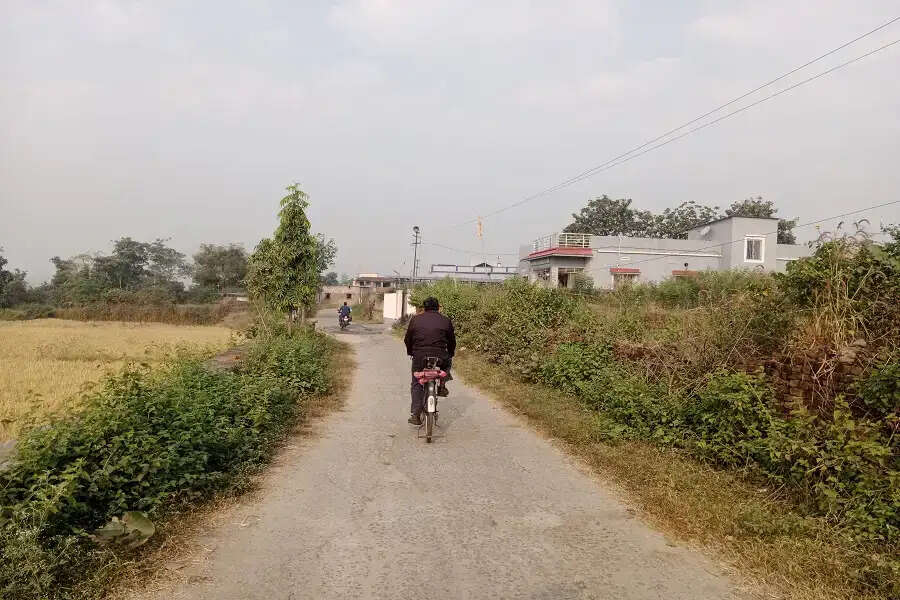
According to the directions of the Union Ministry of Forest and Environment, 100 per cent fly Ash needs to be handed out by the power plant. That is, the guidelines of the Ministry are not being fully followed and fly ash in large quantity is coming out of the power plant, about 17.65 million tonnes, and it is settling in the environment, fields and rivers and other water bodies, causing water and soil to deteriorate human health is also being affected. However, this report mentions Bokaro Plant as a rightful disposer of more than 100 per cent of the fly ash. Its utility has been described as 128.47 per cent, which shows that last year's fly Ash which was stored would have been completely disposed this year. Villagers also have problems with the way fly ash is stored.
